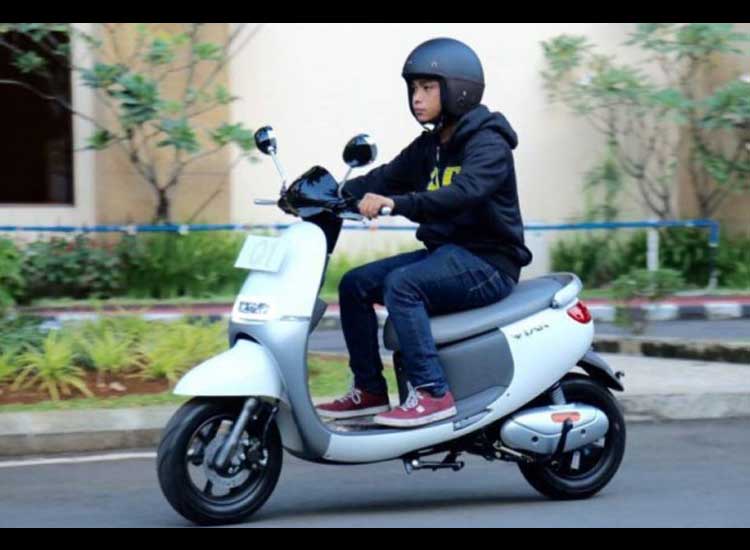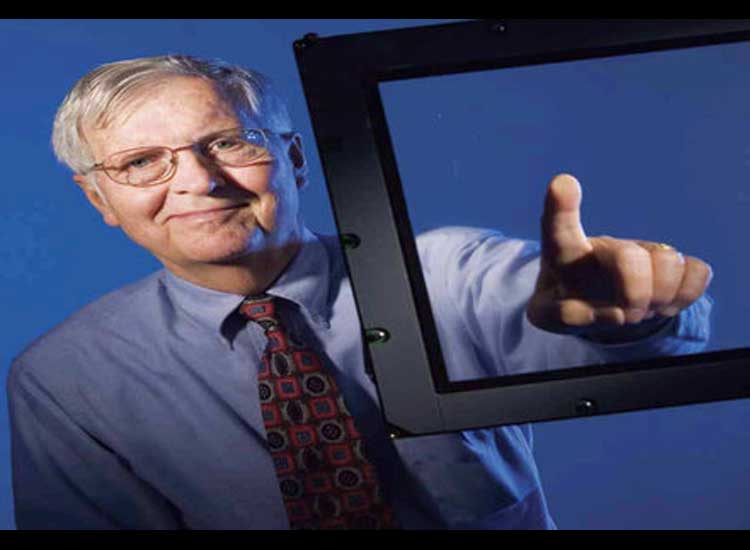Not too long after the Pulsar appeared, many manufacturers began to compete to perfect the latest technology of the watch. Various Japanese companies began to experiment with ways to include more content in the watch that allowed its users to get additional data and Seiko was one of the first companies to pioneer this innovation.
In 1983, Seiko released the famous T001 watch, which even appeared in the James Bond film Octopussy. The watch could be connected to a portable TV receiver, and its screen was divided into two separate areas with different functions, with the top being used for standard watch features such as telling the time and setting alarms, but the bottom half of the screen was used to play videos, albeit in poor quality.
That same year, Seiko released another smartwatch called the Data 2000. As the name suggests, the watch could store 2,000 characters entered from an external keyboard dock. A year later, Seiko released the RC-1000 with substantial new features, such as the ability to connect to most computers of the time. However, the closest thing to a modern smartwatch at the time was the RC-20 Wrist Computer, which was equipped with an 8-bit Z-80 microprocessor, 2 KB of RAM, and 8 KB of storage, including applications for scheduling, memos, world time, and a calculator.
Then in 1994, Timex Datalink became the first watch capable of downloading data from a computer wirelessly. The watch was developed in collaboration with Microsoft, its use of technology is very intelligent. Datalink is considered to have the characteristics of scientific intelligence and is even used by NASA in various space travel missions.
In a later development, an innovator named Steve Mann designed and developed the first Linux smartwatch in 1998. Mann had previously made a number of other important contributions to modern technology, including being the first to develop modern HDR imaging methods.
A year later, South Korean electronics manufacturer Samsung released a smartwatch that could communicate. The product was named SPH-WP10 which had monochrome LCD screen specifications and was able to talk for 90 minutes with integrated speakers and microphones. However, after the release, Samsung seemed to withdraw from the development of smartwatches until finally reinvesting in developing them in recent years because it saw the potential and increasingly real market developments.
In 2000, IBM revealed its prototype Linux smartwatch called the Watchpad. Although the initial version had many shortcomings, the company quickly improved it and in 2001 released the Watchpad 1.5 which had an accelerometer, fingerprint sensor, and vibration mechanism. In addition, the Watchpad 1.5 was also equipped with the Linux 2.2 operating system, had a 320 x 240 QVGA touch-sensitive display, Bluetooth, 8 MB of RAM, and 16 MB of flash storage.
In 2004, Microsoft tried to re-enter the market with its latest smartwatch called Smart Personal Objects Technology (SPOT). The product was the beginning of wearable products that could become internet of things (IoT) products as an effort to personalize technology. Unfortunately, for no clear reason, Microsoft decided to close the product development network.
Since then, several companies have tried their own versions of smartwatches, although they have not been able to attract consumers because they were considered impractical. It was not until 2013 that Omate became the first company to design a truly independent smartwatch, called Truesmart. Truesmart could make calls, use maps, and utilize Android applications completely independently. Although the product was considered to have many shortcomings, it was considered to be the beginning of a new era of smartwatch technology.
Currently, more and more manufacturers are launching their smart watches, Apple has launched the iWatch, Samsung with its Galaxy Watch, new players such as Xiaomi have also launched the Amazefit which is priced cheaper than the iWatch and Galaxy Watch. In fact, manufacturers are now also competing to develop smartbands (smart bracelets) which generally function similarly to smartwatches, but the design is simpler and more practical and has a much more affordable price, for example, Xiaomi with the Mi Band and Samsung with the Galaxy Fit. In fact, these smart watches today are not only targeting adults, but also children. (M-2)





